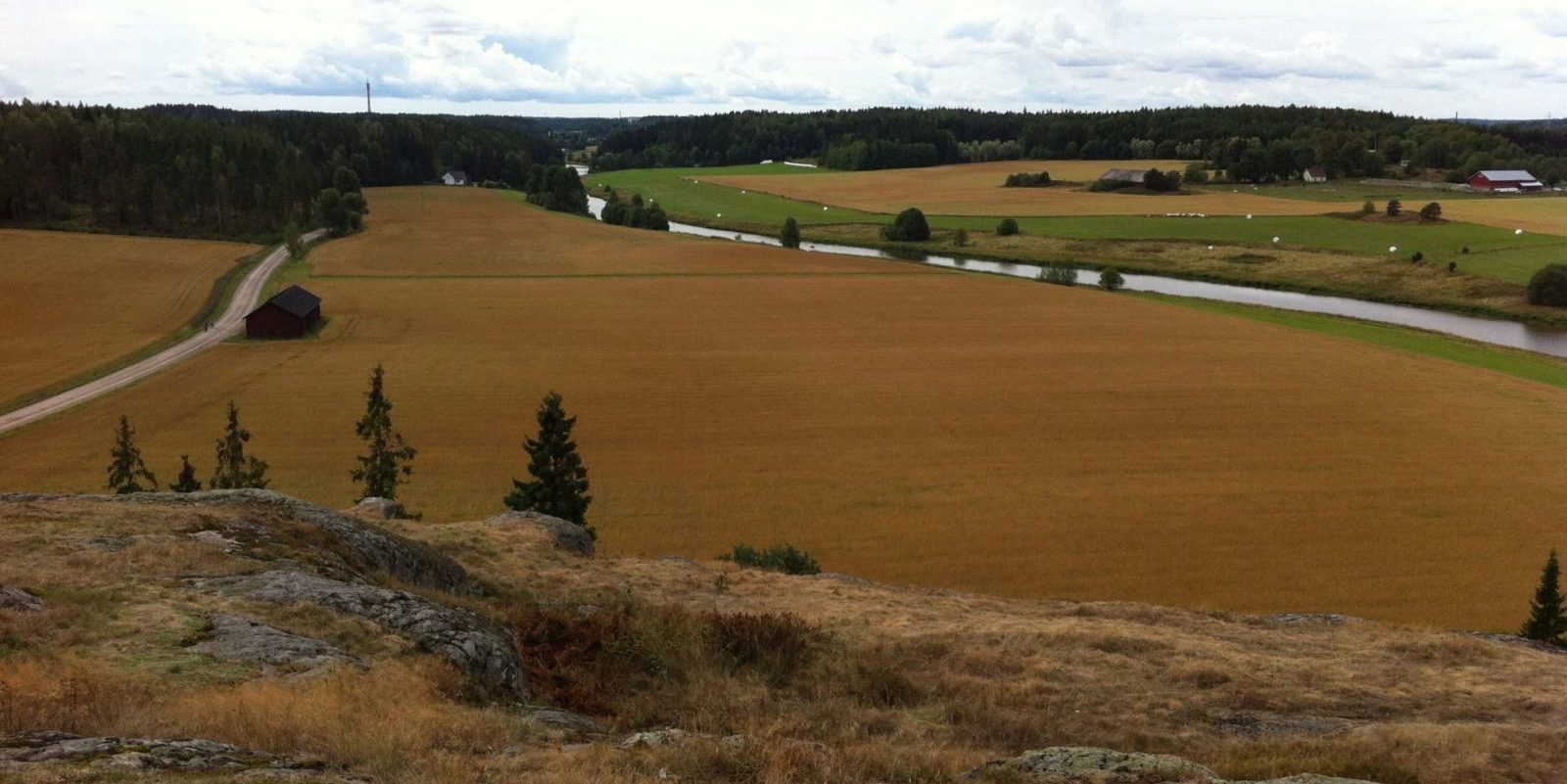

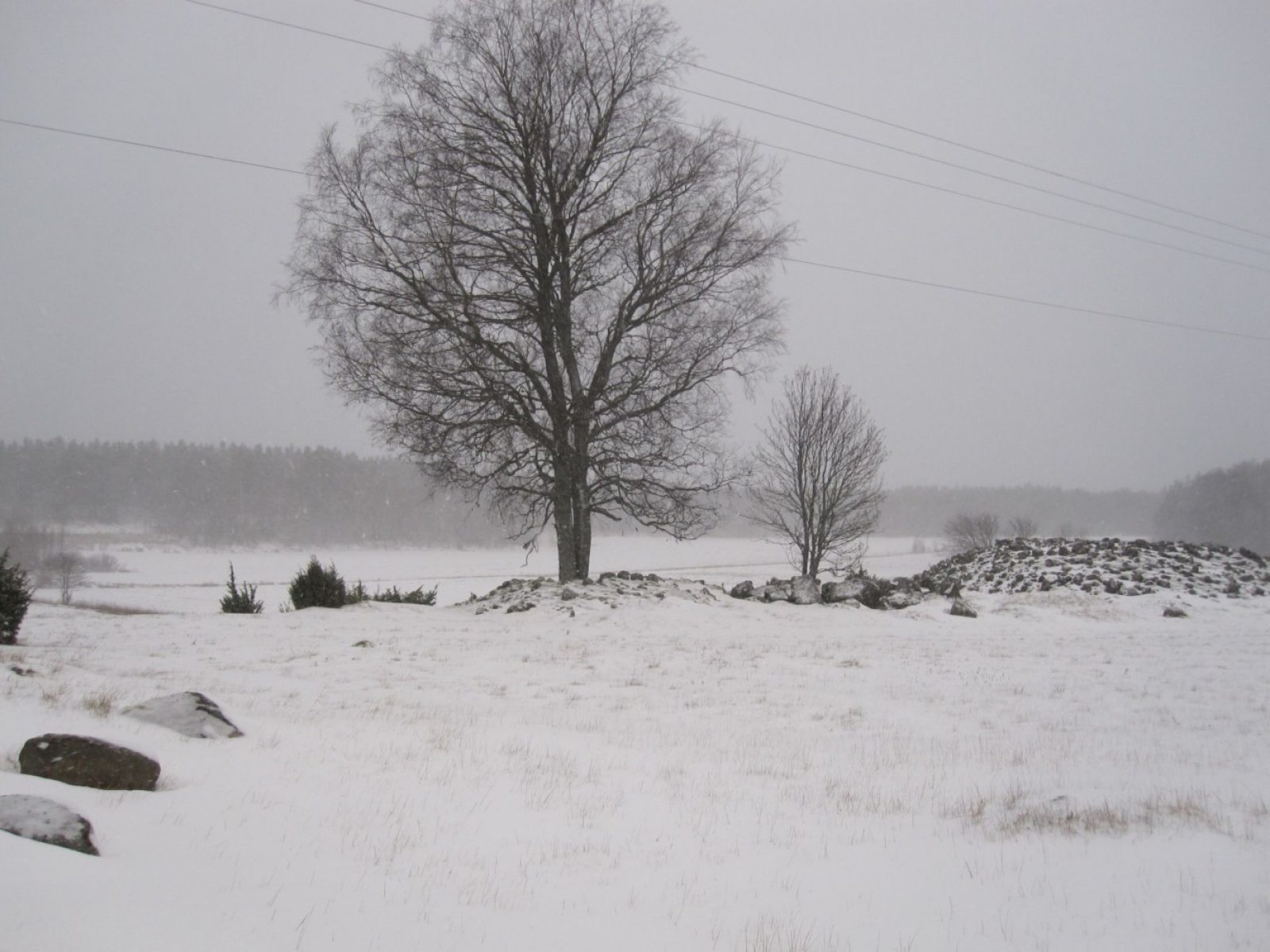
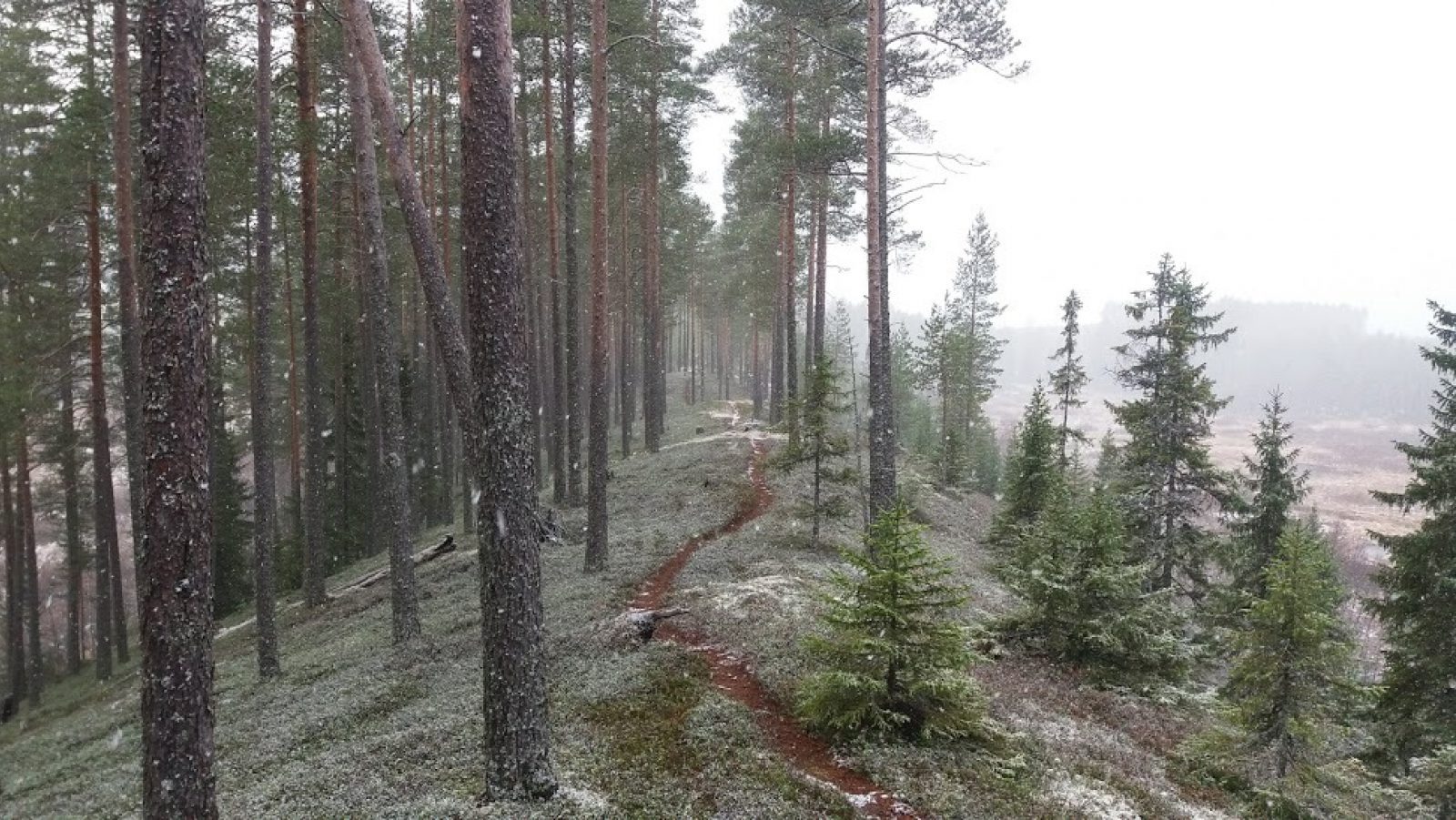
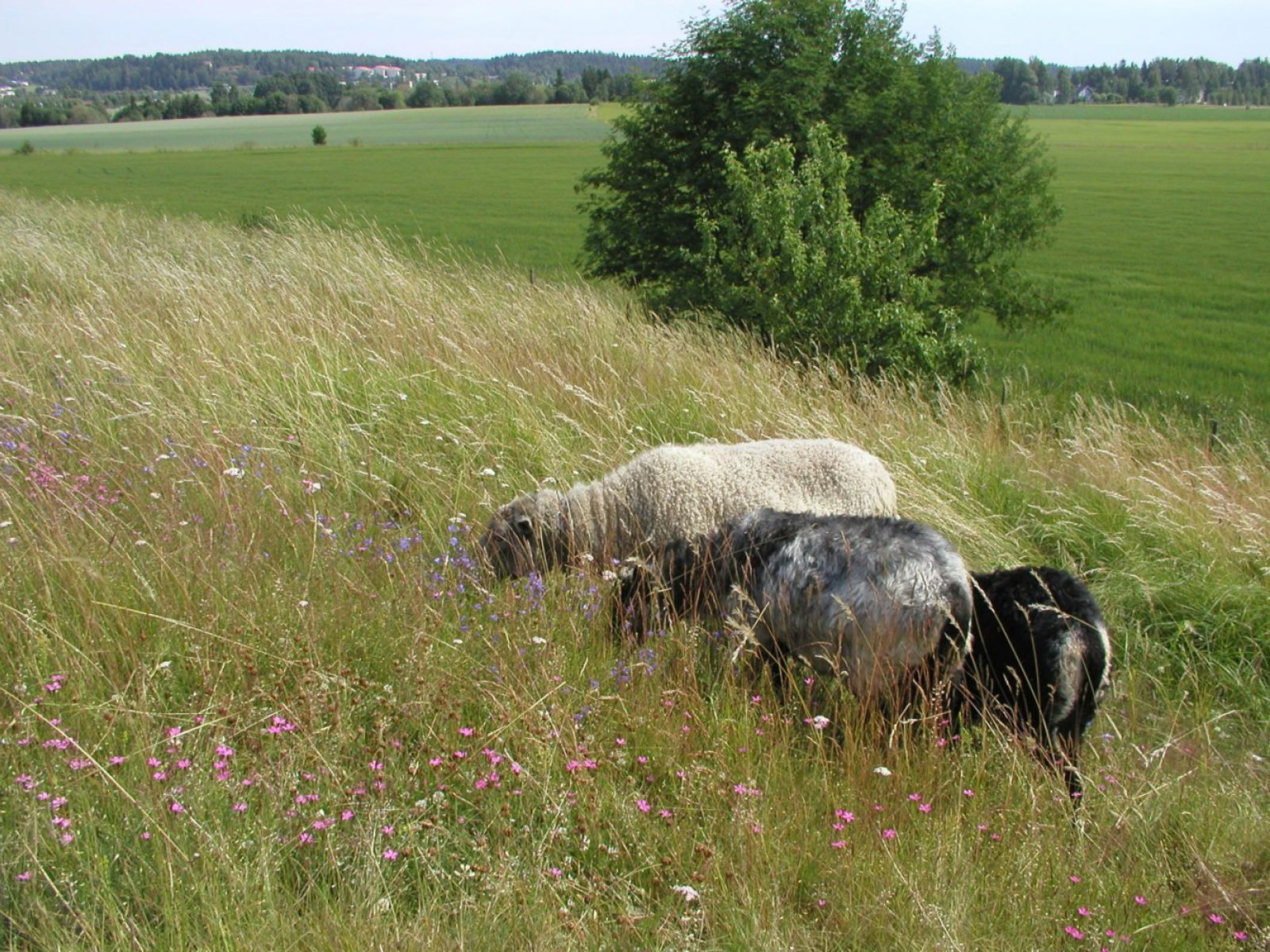
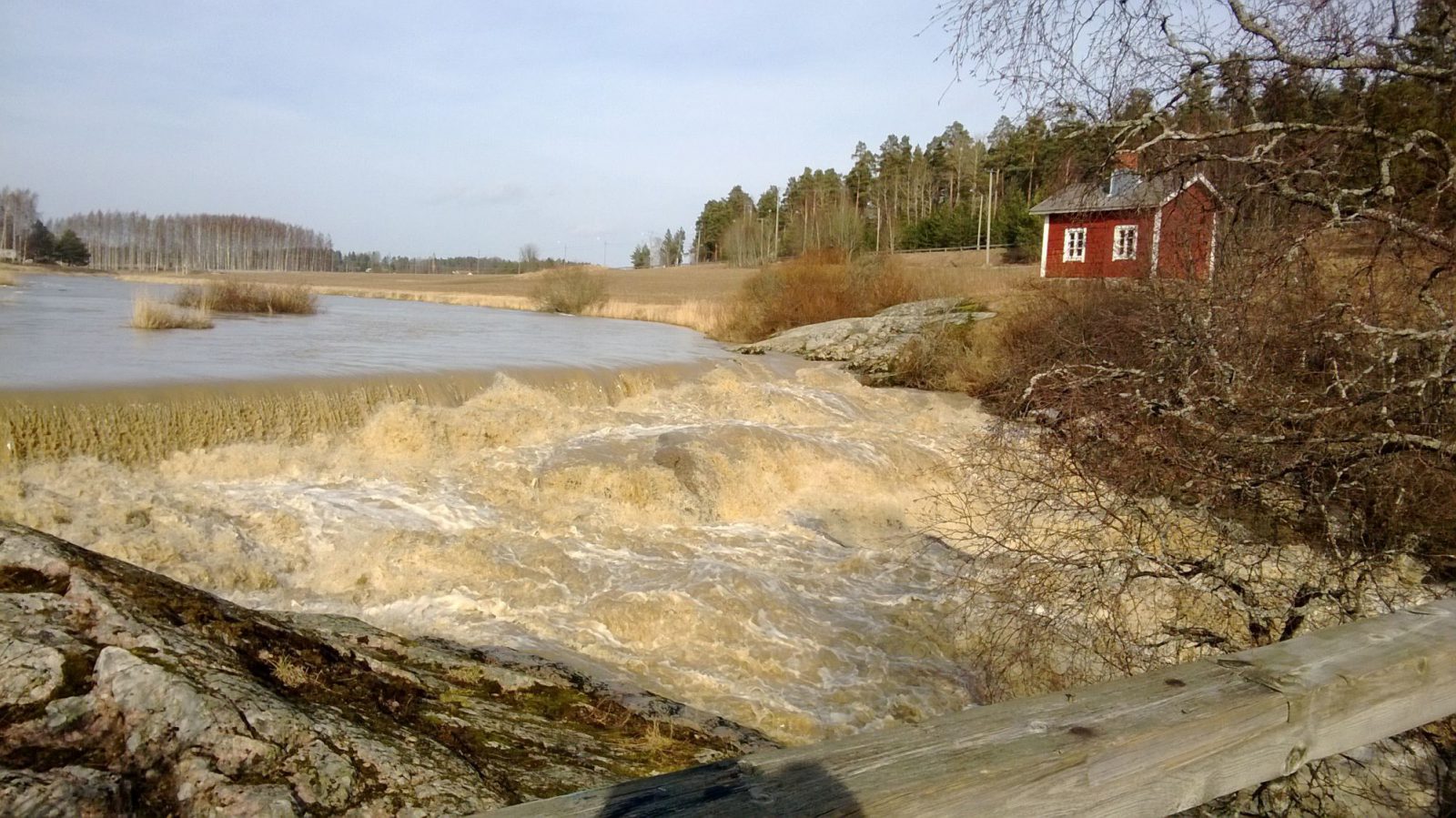
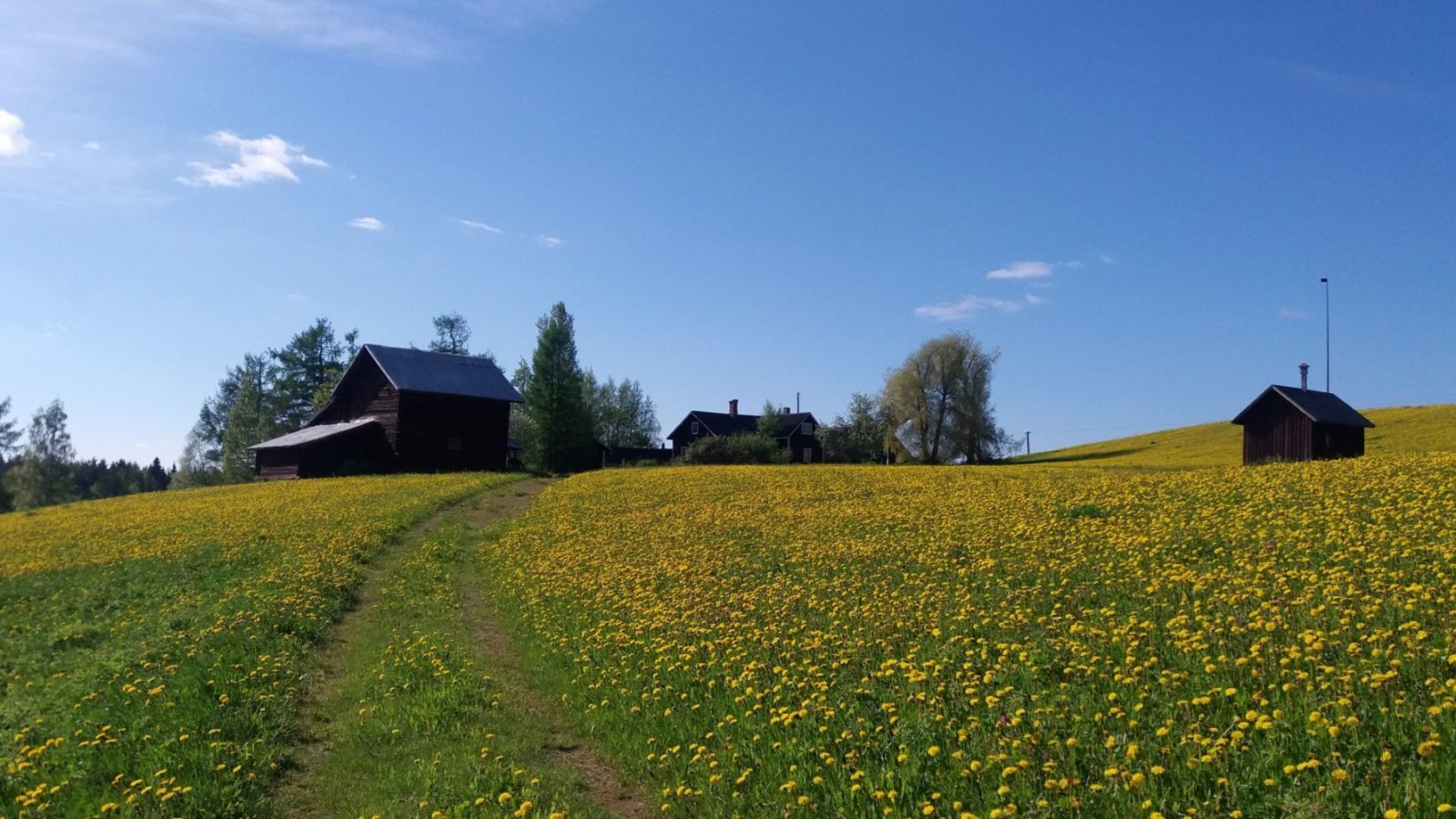
The cultural landscape
The terrain, climate, bodies of water, the cultivatibility of the soil and transport options have influenced human activities. The ways in which people have operated have conformed to nature but also changed it. These human traces are visible in the cultural landscape, from the hunting culture to our current, permanent settlements. The cultural environment often refers to rural landscapes, but cultural landscapes also include the city and village landscapes.
Valuable landscape areas
The Ministry of the Environment has led an inventory project listing landscapes that best represent the rural landscape type and whose value is based on their diverse, culturally influenced nature, well-kept cultivated landscape and traditional dwellings. There are 156 nationally valuable landscape areas. The Government made a decision in principle on the landscape areas and the development of landscape maintenance in 1995.
Valtakunnallisesti arvokkaat maisema-alueet (ympäristöministeriö)
The landscape inventories are currently being reformed:
Maaseutumaisemat. Arvokkaiden maisema-alueiden inventointi (ympäristöministeriö)
Landscapes in land-use planning
Valuable landscape areas will be accounted for in land-use planning. In addition to the nationally valuable landscapes, the Regional Councils have specified provincially valuable landscapes.
The duties of museum authorities and the Centres for Economic Development, Transport and the Environment include the monitoring of land-use planning at different levels, with regard to matters pertaining to the cultural landscape. Land use plan solutions can be used to govern and plan all construction work and other land use, so that it does not diminish the landscape’s values.
Maisema, opas arvokkaiden maisema-alueiden maankäytön suunnitteluun. (Maa- ja kotitalousnaiset)